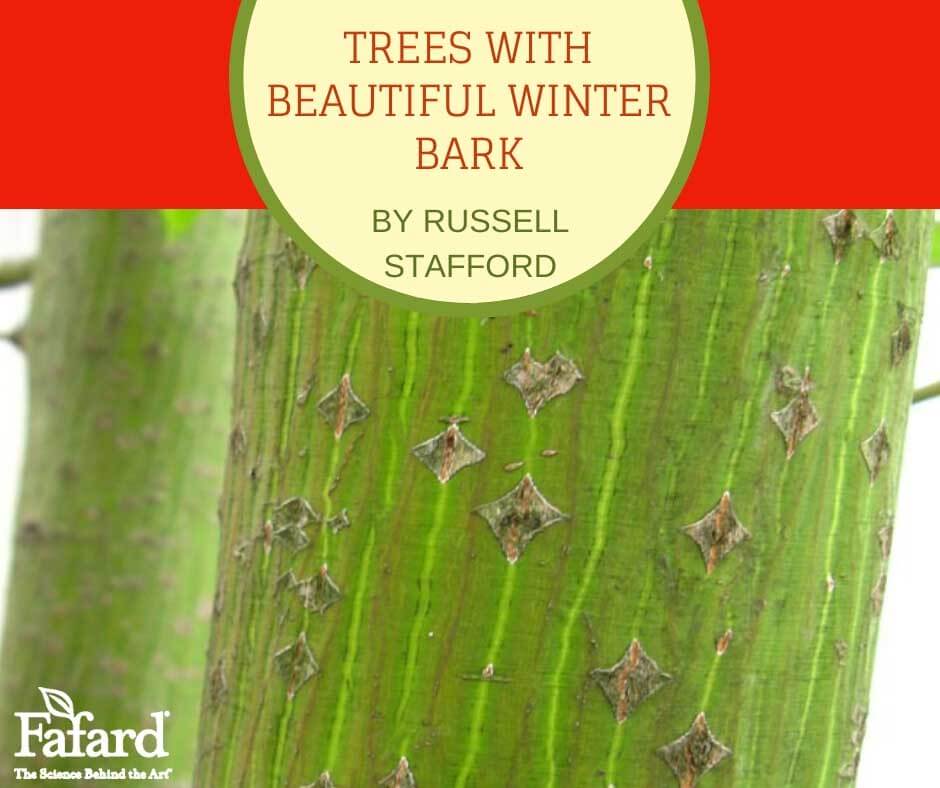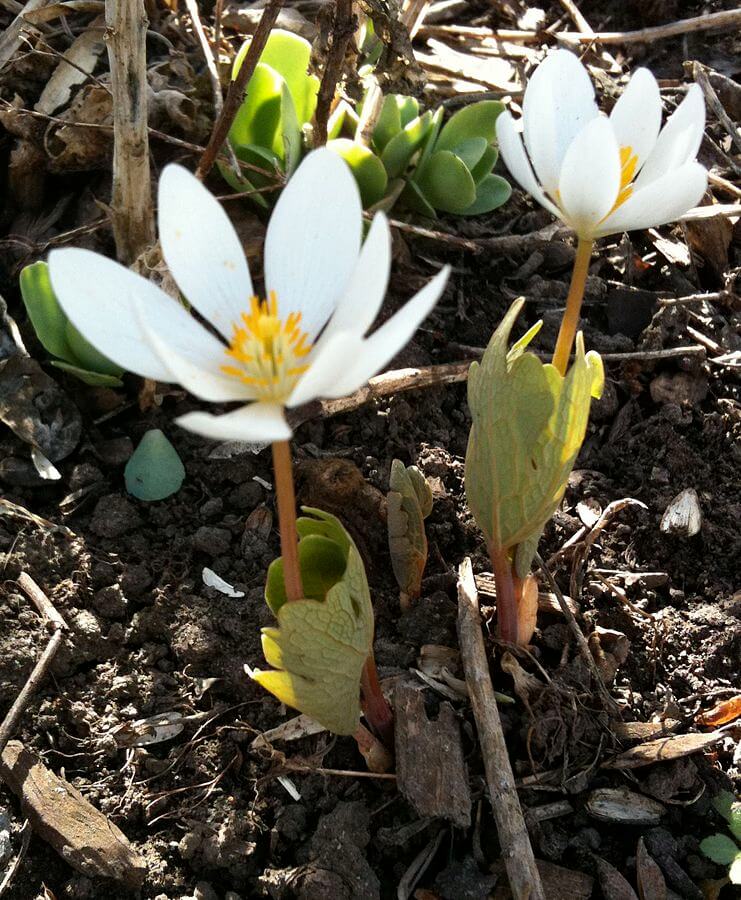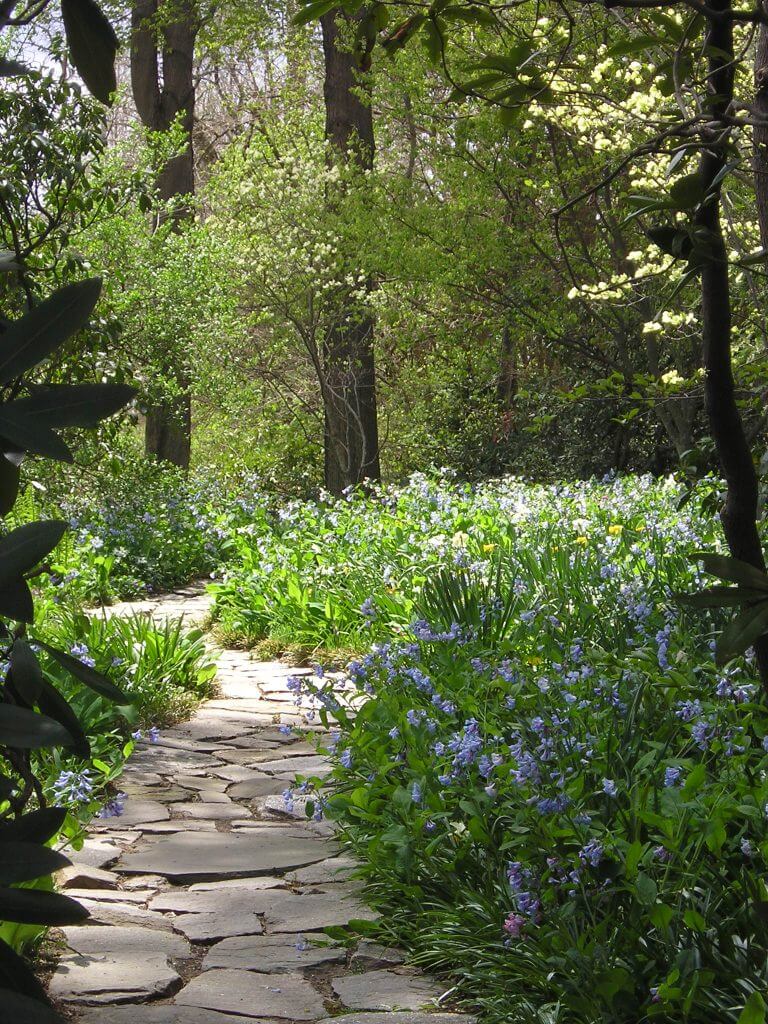
Most Cape bulbs follow the seasonal rhythms of their native land, beginning to push leaves in late summer or fall (whether watered or not), and flowering at their appointed time in late fall, winter, or early spring. Their flowers also tend to share a certain likeness, with many species bearing heads of narrow, tubular, brightly colored blooms on stout scapes – the better to attract and accommodate the long-billed, brilliantly hued sunbirds that pollinate them.

Cape Hyacinth
Veltheimia bracteata (commonly known as forest lily or cape hyacinth) beautifully exemplifies these Cape bulb traits. Handsome in their own right, the lustrous, wavy-edged, strap-shaped leaves (with perky wavy-edged margins) emerge from fleshy, tennis-ball-sized bulbs in late summer. In midwinter, red-hot-poker heads of tubular pink flowers develop on fleshy purple-flushed scapes that slowly elongate to 18 inches or so. Flowering peaks about Valentine’s Day, but continues for several weeks before and after. An almost indestructible house plant, Veltheimia bracteata thrives in bright indirect light, relatively tight quarters, and a porous potting mix (such as Fafard® Professional Potting Mix with RESiLIENCE). Shallow planting (with the “shoulders” exposed) suits the bulbs well. Plants prefer a dry, shady summer rest after the foliage begins to flag in late spring.
Lachenalia
Showy, tubular blooms also make a frequent appearance in the genus Lachenalia. Lachenalia aloides is perhaps the most flamboyant, flaunting proportionately large golden-orange blooms that nod on 10-inch scapes in mid- to late winter. Some forms of this species take the flamboyance one step further, adding horizontal bands of crimson, yellow, purple, and green to the floral color scheme. Variety quadricolor is one such dazzler, with orange-based blooms that shade to yellow at their midriffs and purple-red at their tips. Flowers of the cultivar ‘Nelsonii’ have brilliant red buds that turn lemon-yellow with lime-green tips as they expand. Purple splotches ornament its stems and leaves, another characteristic of many forms of this striking species. Other highly ornamental species include Lachenalia bulbifera, with lipstick-red flowers that open around Christmas, and Lachenalia rubida, whose freckled, rose-pink, late fall blooms are the earliest in the genus. Lachenalia hybrids are also now available, most notably in the form of the African Beauty Series (including ‘Namakwa’, ‘Rupert’, and ‘Romaud’).
 All of the above lachenalias prosper in containers. Shallow planting (one inch deep or so) in a porous potting mix is best, with moderate watering during the growing season. Lachenalias like it cool and sunny while in growth but should be moved to a dry, shady location when dormant.
All of the above lachenalias prosper in containers. Shallow planting (one inch deep or so) in a porous potting mix is best, with moderate watering during the growing season. Lachenalias like it cool and sunny while in growth but should be moved to a dry, shady location when dormant.
Lachenalia fanciers often find themselves drawn to the many species that flower in less gaudy but equally seductive hues (sometimes with fragrance thrown in). The flowers of Lachenalia viridiflora, for example, are of a luminous, other-worldly turquoise-green, making for a singular late fall to early winter display. These lesser-known and lesser-grown Lachenalia species can be somewhat tricky in cultivation, but all are worth the effort.
Haemanthus
Not all Cape bulbs fit the tubular mold. Haemanthus albiflos is a striking example, brandishing white, up-facing shaving-brush flowers on short fleshy stems in fall or early winter. The leathery, tongue-shaped, evergreen leaves are also attractive. This drought-tolerant species is practically indestructible if shallowly planted in a porous potting mix in a bright but not too warm location.

Oxalis
North American gardeners tend to think of Oxalis species (commonly known as wood sorrel) as horticultural thugs. Many Cape Oxalis, however, are of a far more rarified (and less invasive) plane, featuring jewel-like flowers and lush, ornamental foliage. Oxalis purpurea deserves a place on every cool sunny windowsill in need of winter color. Its numerous varieties flower in a rainbow of colors, from white to rose-pink to raspberry-red to lemon-yellow, and its rich green “shamrock” leaves are sometimes suffused or blotched with contrasting colors. The cultivar ‘Ken Aslet’ – distinguished by felted silvery leaves and brilliant yellow flowers – is usually sold as this species (but probably belongs under Oxalis melanosticta). Also invaluable for winter bloom are lilac-flowered, fuzzy-leaved Oxalis hirta; candy-striped Oxalis versicolor (with white, carmine-edged petals); and numerous other Cape Oxalis. All flourish in a porous potting mix kept reasonably moist in winter and dry and relatively cool in summer.
Look for these and other winter-blooming Cape bulbs in mainstream and specialty plant catalogs, as well as in local greenhouses and grocery stores. A touch of South Africa can do wonders for a dreary winter’s day.












































